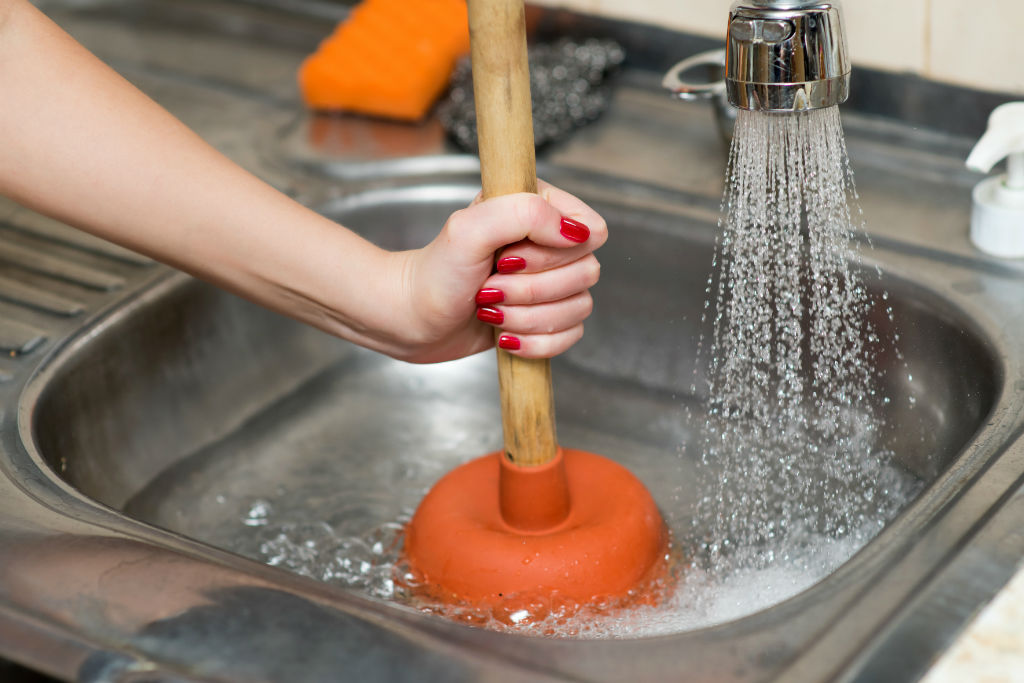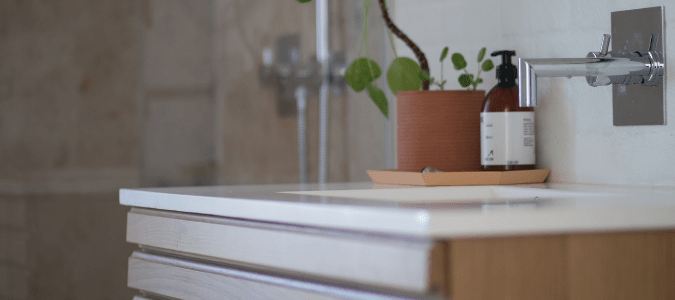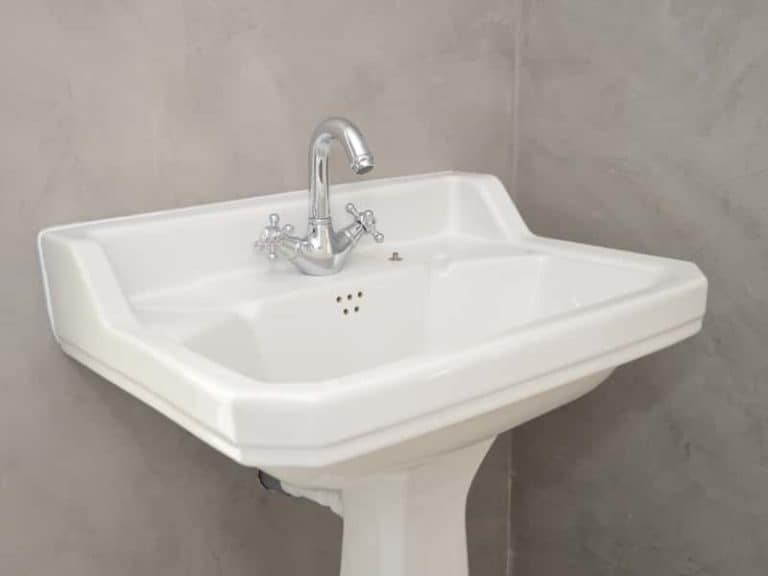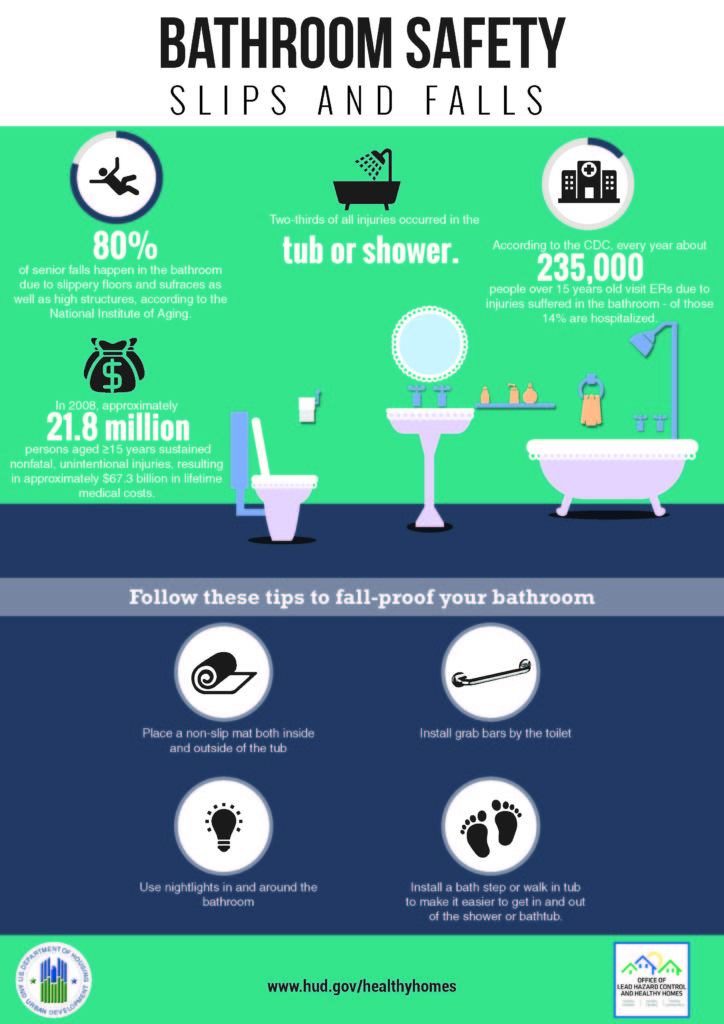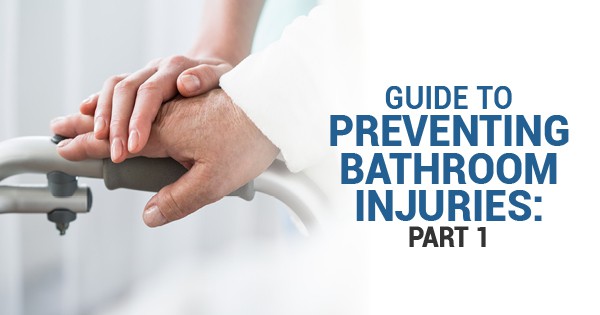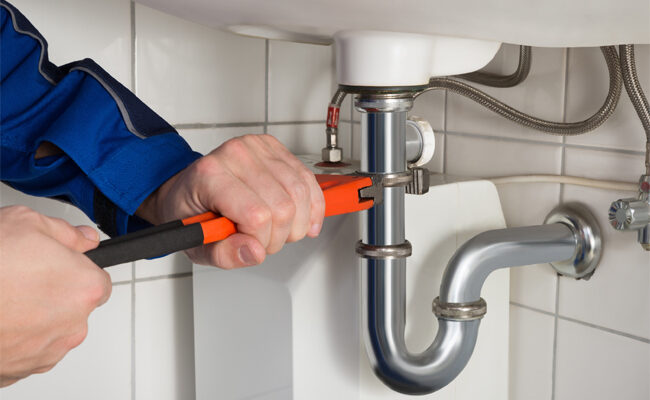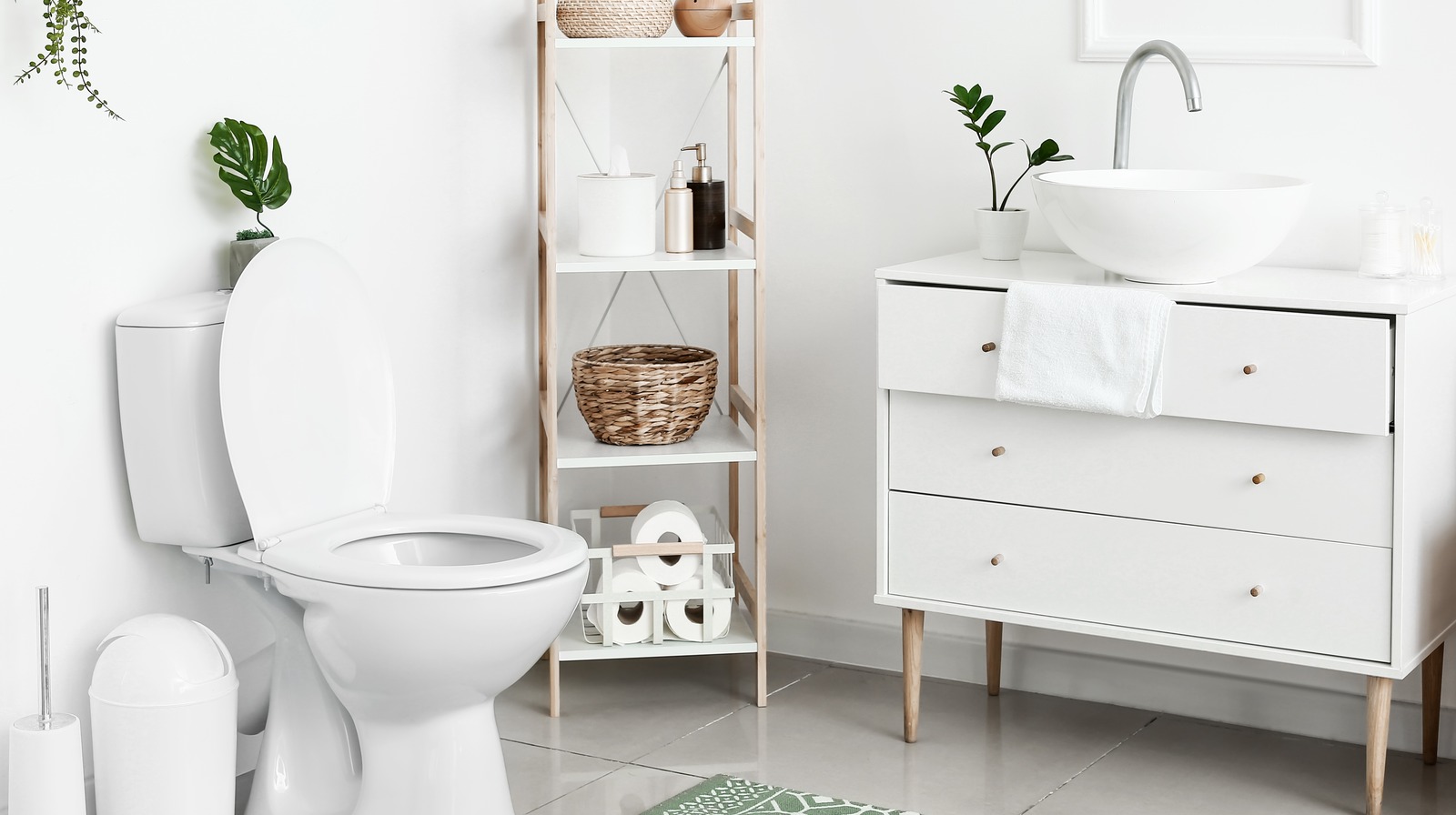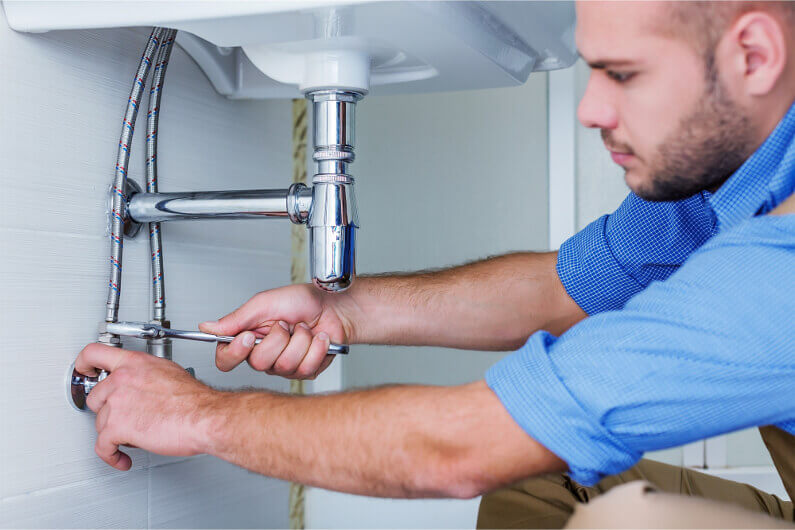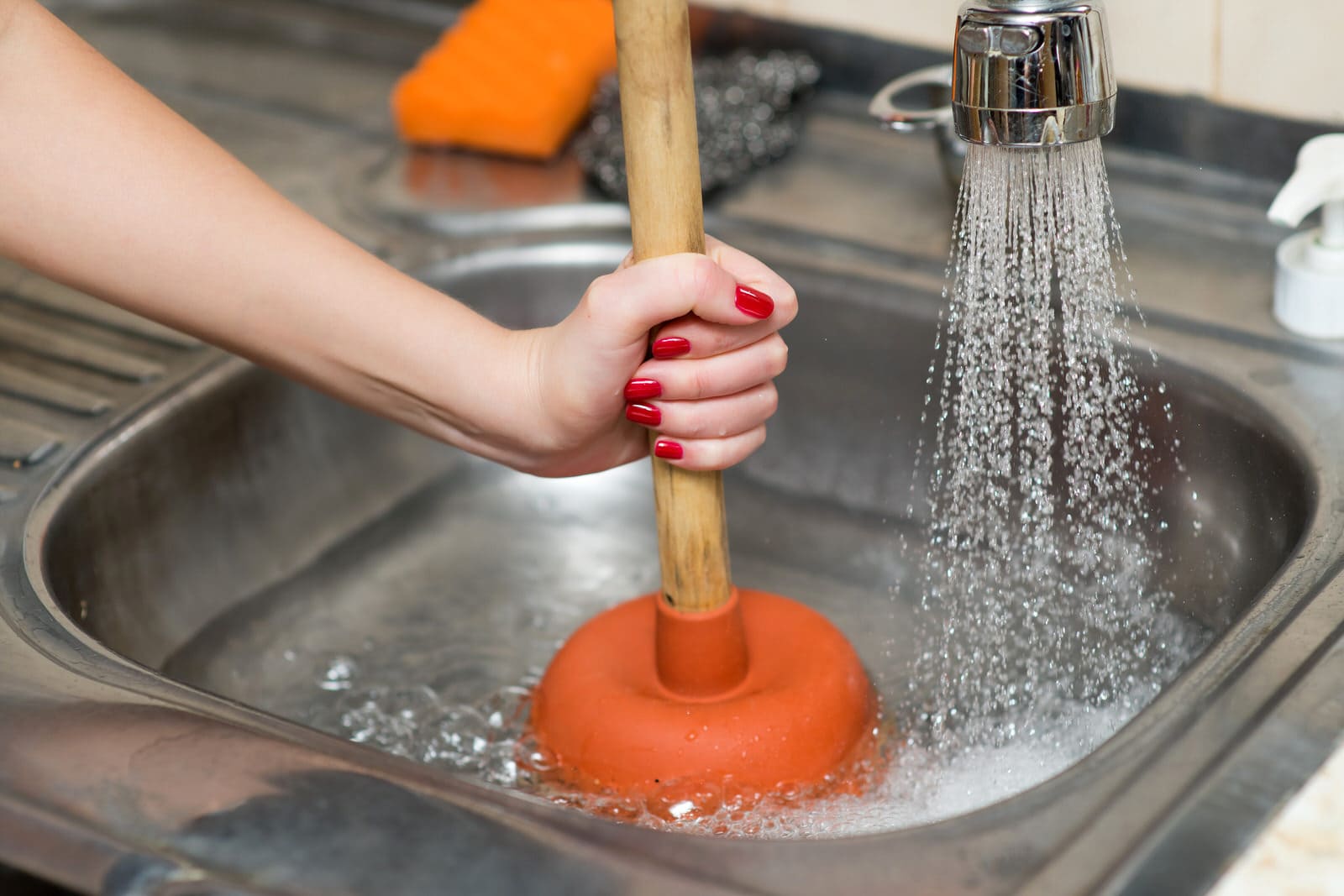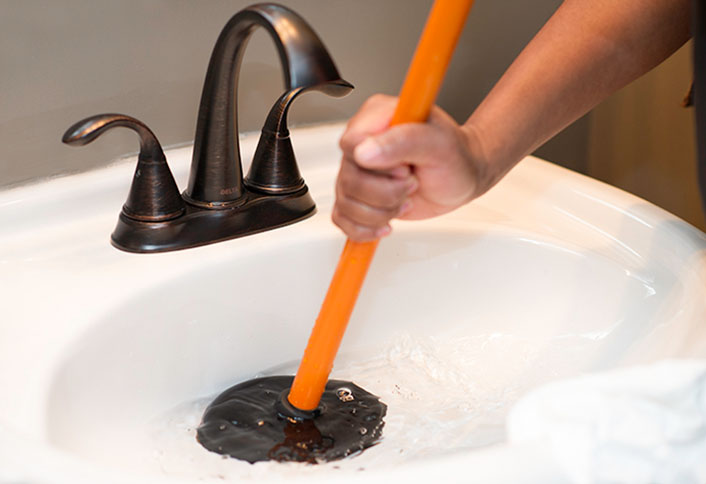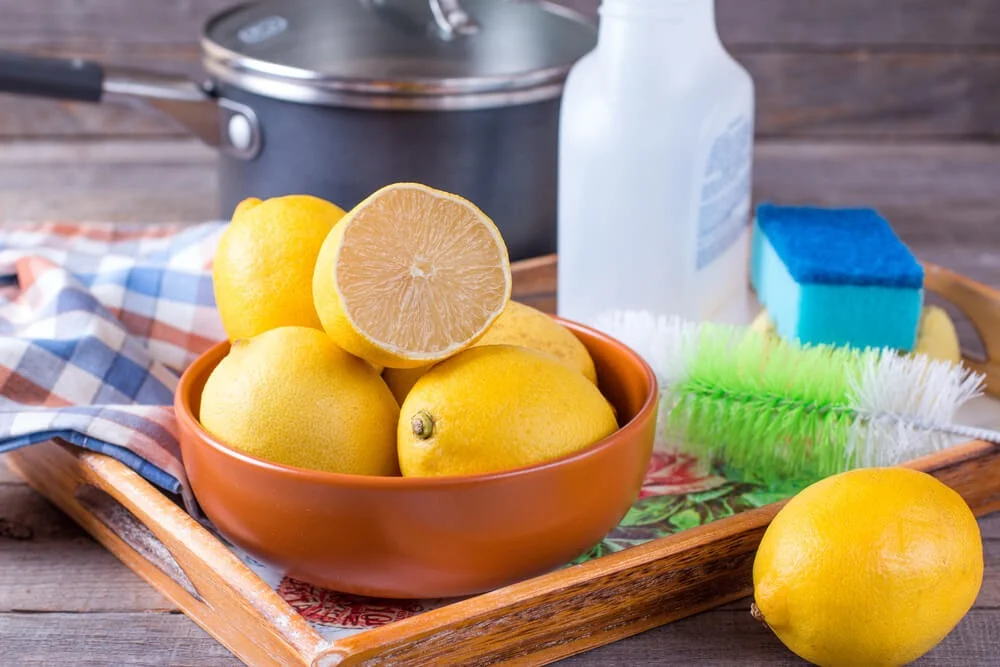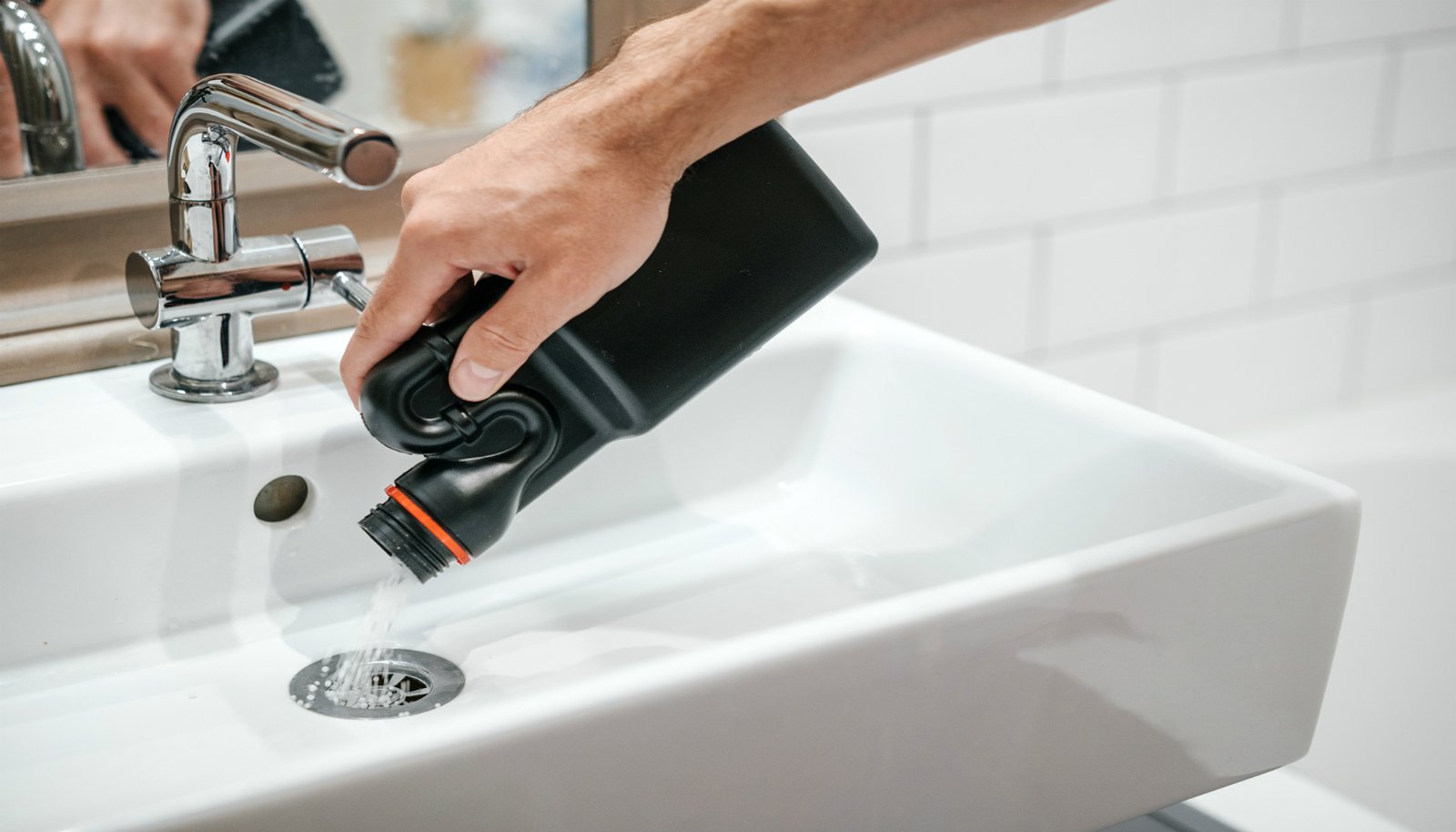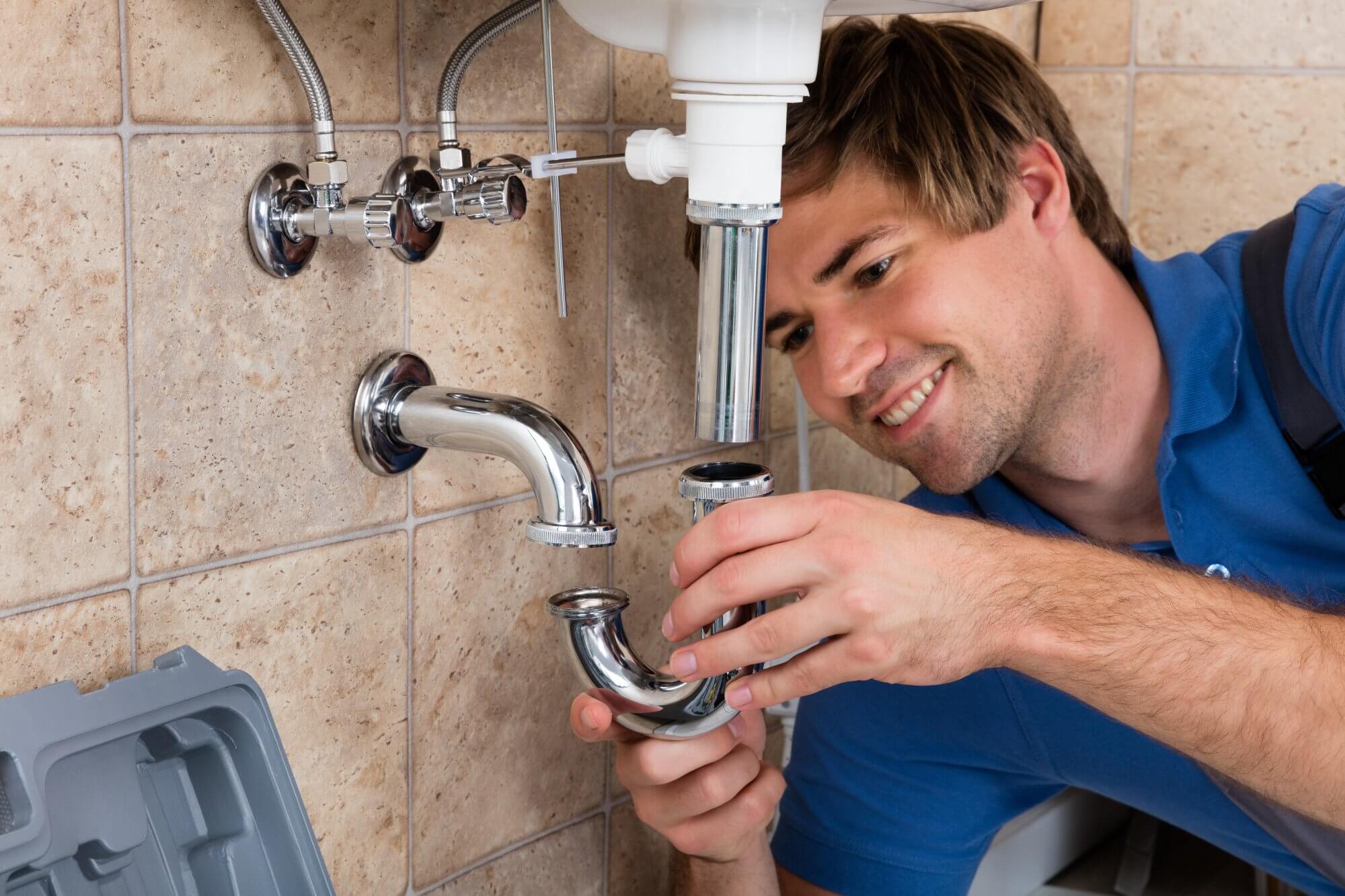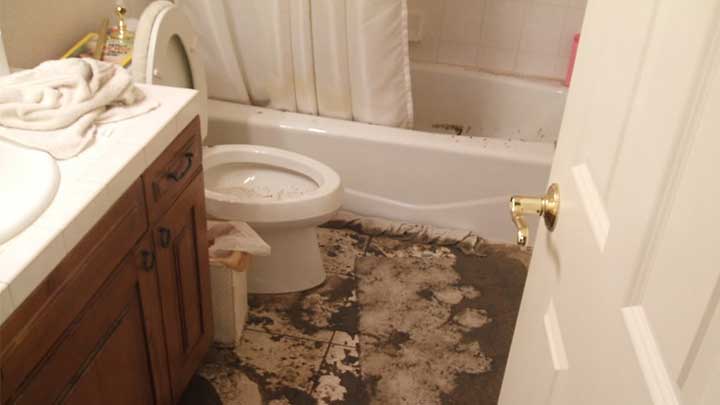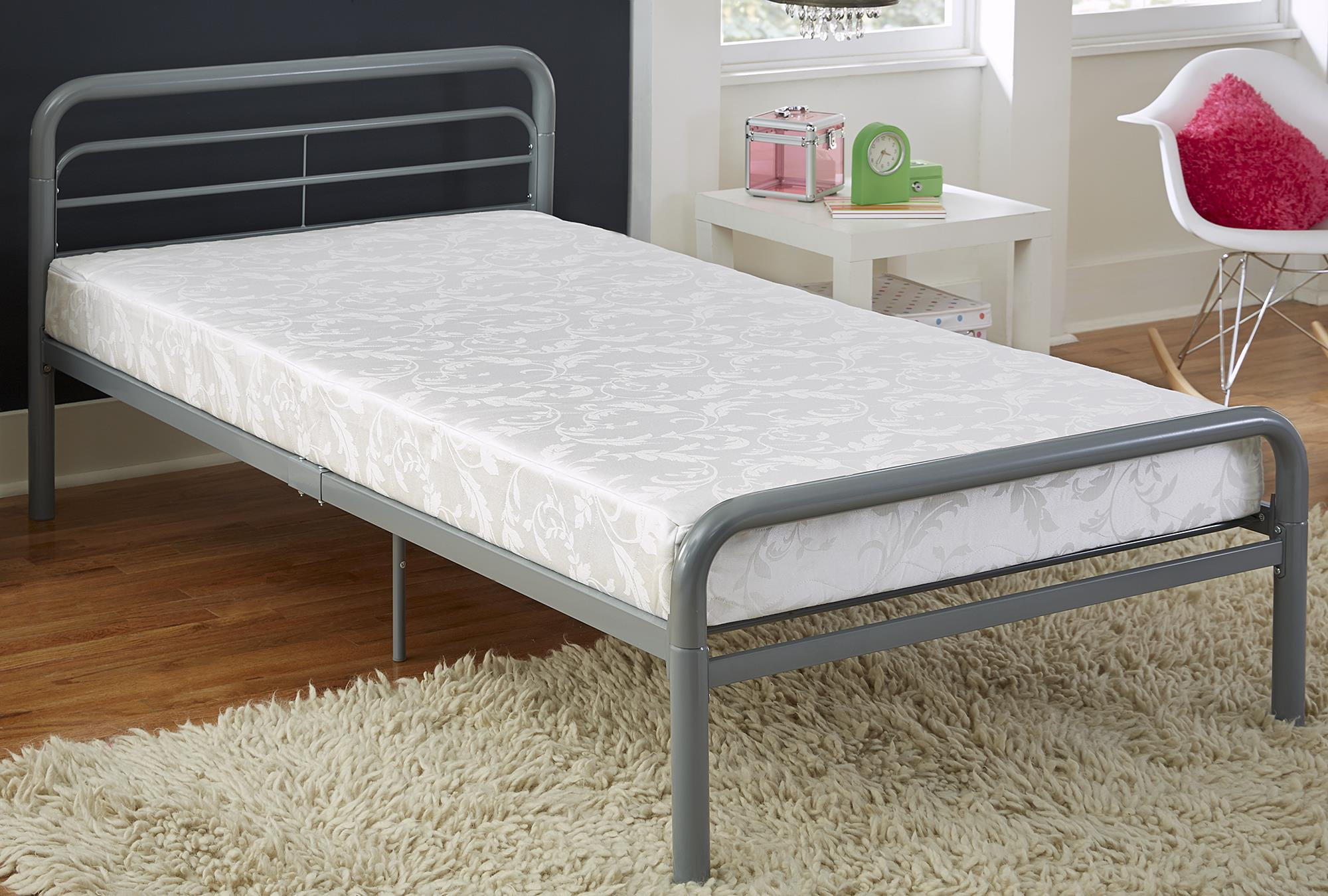If you've ever experienced a slow-draining bathroom sink, you know how frustrating it can be. Water pooling in the sink can make it difficult to use and can create a breeding ground for bacteria. Fortunately, there are some simple steps you can take to fix a slow-draining sink and get your bathroom back in working order. To start, try using a plunger to clear any clogs in the drain. This is often the first line of defense and can be effective in loosening and removing hair, soap scum, and other debris that may be causing the blockage. Simply place the plunger over the drain and push down and pull up a few times to create suction. If this doesn't work, you may need to try some other methods.Plumbing Tips: How to Fix a Slow-Draining Bathroom Sink
If the plunger doesn't work, you can try using a homemade drain cleaner to break up the clog. Mix equal parts baking soda and vinegar and pour it down the drain. Let it sit for about 30 minutes, then pour boiling water down the drain to flush it out. This method can be effective for minor clogs, but may not work for more stubborn blockages. Another option is to use a commercial drain cleaner. However, these can be harsh and contain chemicals that can be harmful to both your pipes and the environment. If you choose to use a chemical drain cleaner, be sure to follow the instructions carefully and use protective gear.How to Unclog a Bathroom Sink Drain
Understanding the common causes of a slow-draining bathroom sink can help you prevent future clogs. Some of the most common culprits include hair, soap scum, and toothpaste buildup. These can all accumulate in the drain and create a blockage over time. You may also have an issue with your vent stack, which is a pipe that allows air to escape from your plumbing system. If the vent stack is clogged or blocked, it can cause water to drain slowly or not at all. It's best to leave vent stack issues to a professional plumber.Common Causes of a Slow-Draining Bathroom Sink
If none of the above methods work, it may be time to use a plumbing snake to clear the clog. This tool is a long, flexible wire with a hook on the end that can be inserted into the drain to catch and remove the blockage. You can purchase a plumbing snake at most hardware stores, or you can call a professional plumber to use their specialized equipment. If you're uncomfortable using a plumbing snake or you're unsure of the cause of the clog, it's always best to call a professional plumber. They have the knowledge and tools to safely and effectively remove clogs and get your bathroom sink draining properly again.How to Clear a Clogged Bathroom Sink Drain
For those who prefer to take a more natural approach, there are several DIY solutions you can try to clear a backed-up bathroom sink. One method is to mix equal parts salt, baking soda, and cream of tartar and pour it down the drain. Let it sit for about an hour, then flush it out with hot water. Another option is to use a combination of hot water and dish soap. The hot water will help to loosen any debris in the drain, while the dish soap acts as a lubricant to help it wash away. You can also try using a wet/dry vacuum to suck out any visible clogs in the drain.DIY Solutions for a Backed Up Bathroom Sink
The best way to deal with a backed-up bathroom sink is to prevent it from happening in the first place. Here are some tips and tricks to help keep your bathroom sink draining smoothly: - Use a drain cover to catch hair and other debris before it goes down the drain. - Regularly clean your drain stopper to remove any buildup. - Avoid pouring grease, oils, and other fats down the drain. - Use a plunger on a regular basis to prevent clogs from forming. - Consider using a natural drain cleaner, such as a mixture of baking soda and vinegar, on a monthly basis to keep your drains clear.Preventing Bathroom Sink Backups: Tips and Tricks
In some cases, a backed-up bathroom sink may be a sign of a more serious plumbing issue. If you notice any of the following signs, it's best to call a professional plumber for assistance: - Water backing up in other drains or fixtures in your home. - Foul odors coming from your sink or drains. - Slow draining or standing water in multiple drains. - Gurgling noises coming from your toilet or sink when you use other fixtures in your home.Signs You Need to Call a Plumber for a Backed Up Bathroom Sink
We mentioned using a plunger earlier, but it's important to know the proper technique for using one on a bathroom sink. Here's how: 1. Remove the drain stopper or cover. 2. Fill the sink with enough water to cover the plunger. 3. Place the plunger over the drain and push down and pull up several times to create suction. 4. If the water starts to drain, continue plunging until it's completely clear. 5. If the water doesn't drain, you may need to try a different method or call a professional plumber.How to Use a Plunger to Clear a Clogged Bathroom Sink
When it comes to clearing a backed-up bathroom sink, you may be wondering whether to use a chemical or natural drain cleaner. While chemical cleaners may be more convenient and effective, they can also be harmful to your plumbing and the environment. Natural drain cleaners, on the other hand, may take longer to work but are safer to use and better for the environment. Ultimately, the choice is up to you. Just be sure to carefully follow the instructions and take precautions when using chemical cleaners.Chemical vs. Natural Drain Cleaners for a Backed Up Bathroom Sink
If you've tried all of the above methods and your bathroom sink is still backing up, it's time to call in the professionals. A licensed plumber will have the knowledge and tools to identify and fix the root cause of the problem, ensuring that your sink drains properly and stays that way. They may use specialized equipment such as a plumbing snake, hydro jetting, or video inspection to identify and remove the clog. They can also provide tips on preventing future clogs and keeping your plumbing system in good working order. Dealing with a backed-up bathroom sink can be a hassle, but with these tips and tricks, you can get your sink draining smoothly again in no time. Remember, prevention is key, so be sure to follow these tips to keep your bathroom sink clog-free. And when all else fails, don't hesitate to call a professional plumber for assistance. Your bathroom sink will thank you.Professional Solutions for a Persistent Bathroom Sink Backup
Why Water Backs Up in Your Bathroom Sink
/close-up-of-overflowing-bathroom-sink-90201417-579787783df78ceb865822d8.jpg)
The Importance of Proper Drainage in House Design
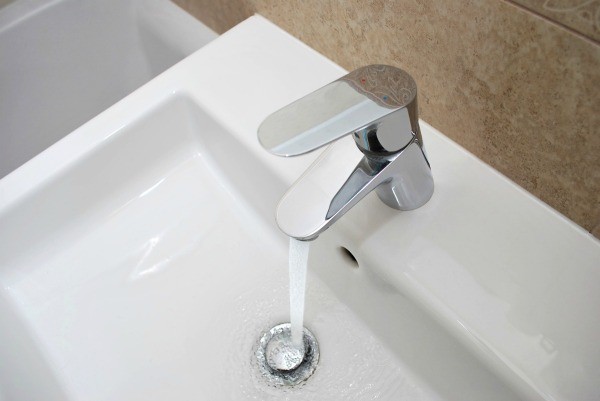 When designing a house, one important aspect that is often overlooked is the drainage system. Without proper drainage, a house can face a multitude of problems, including water backups in bathroom sinks. This can be a frustrating and unpleasant experience for homeowners, but understanding the causes and solutions can help prevent this issue from occurring.
When designing a house, one important aspect that is often overlooked is the drainage system. Without proper drainage, a house can face a multitude of problems, including water backups in bathroom sinks. This can be a frustrating and unpleasant experience for homeowners, but understanding the causes and solutions can help prevent this issue from occurring.
Common Causes of Water Backups in Bathroom Sinks
 There are several reasons why water may be backing up in your bathroom sink. One of the most common causes is a clogged drain. Over time, hair, soap scum, and other debris can build up in the pipes, restricting the flow of water and causing it to back up into the sink. Another possible cause is a blockage in the main sewer line, which can be caused by tree roots, debris, or a collapsed pipe. In some cases, a faulty plumbing vent can also lead to water backups in bathroom sinks.
There are several reasons why water may be backing up in your bathroom sink. One of the most common causes is a clogged drain. Over time, hair, soap scum, and other debris can build up in the pipes, restricting the flow of water and causing it to back up into the sink. Another possible cause is a blockage in the main sewer line, which can be caused by tree roots, debris, or a collapsed pipe. In some cases, a faulty plumbing vent can also lead to water backups in bathroom sinks.
Solutions for Water Backups in Bathroom Sinks
 The first step in solving a water backup issue is to identify the cause. If it is a clogged drain, using a plunger or a drain snake can often clear the blockage. However, if the problem is in the main sewer line, it is best to call a professional plumber who can use specialized equipment to locate and remove the blockage. In the case of a faulty plumbing vent, a plumber can also make the necessary repairs to ensure proper drainage.
The first step in solving a water backup issue is to identify the cause. If it is a clogged drain, using a plunger or a drain snake can often clear the blockage. However, if the problem is in the main sewer line, it is best to call a professional plumber who can use specialized equipment to locate and remove the blockage. In the case of a faulty plumbing vent, a plumber can also make the necessary repairs to ensure proper drainage.
Preventing Water Backups in Bathroom Sinks
 Prevention is key when it comes to avoiding water backups in your bathroom sink. Regularly cleaning your drains with a mixture of hot water, baking soda, and vinegar can help prevent debris build-up. Additionally, installing drain strainers can catch hair and other debris before they enter the pipes. Keeping an eye on your plumbing vents and ensuring they are free from blockages can also help prevent water backups.
In Conclusion
, proper drainage is crucial in house design to avoid issues like water backups in bathroom sinks. Understanding the common causes and solutions can save homeowners time, money, and frustration. It is also important to regularly maintain your drains and plumbing vents to prevent future problems. By taking these steps, you can ensure that your bathroom sink drains properly and avoid any unpleasant surprises in the future.
Prevention is key when it comes to avoiding water backups in your bathroom sink. Regularly cleaning your drains with a mixture of hot water, baking soda, and vinegar can help prevent debris build-up. Additionally, installing drain strainers can catch hair and other debris before they enter the pipes. Keeping an eye on your plumbing vents and ensuring they are free from blockages can also help prevent water backups.
In Conclusion
, proper drainage is crucial in house design to avoid issues like water backups in bathroom sinks. Understanding the common causes and solutions can save homeowners time, money, and frustration. It is also important to regularly maintain your drains and plumbing vents to prevent future problems. By taking these steps, you can ensure that your bathroom sink drains properly and avoid any unpleasant surprises in the future.



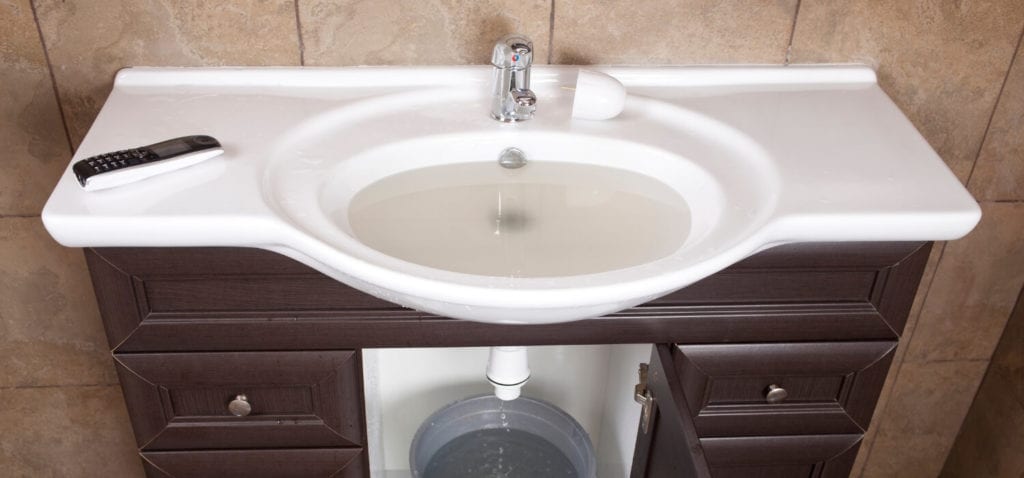


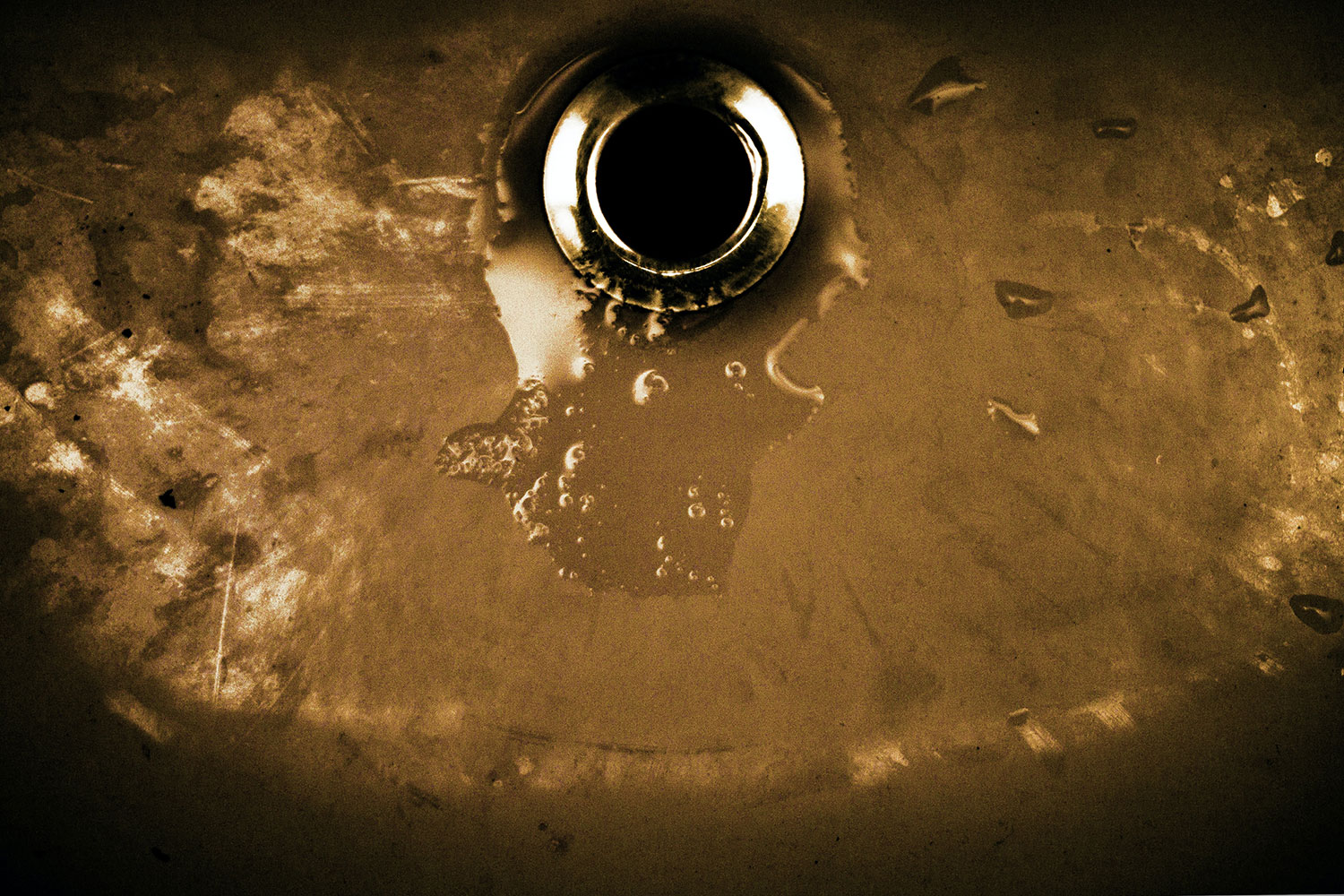



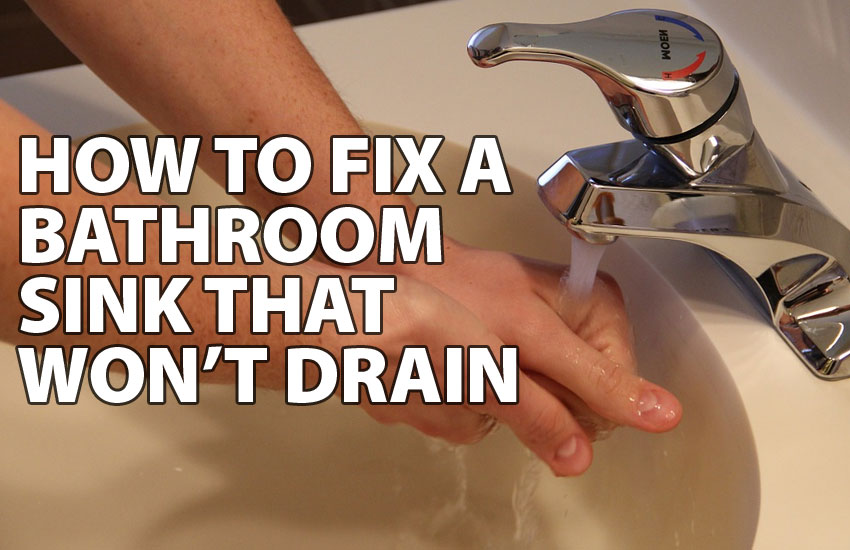






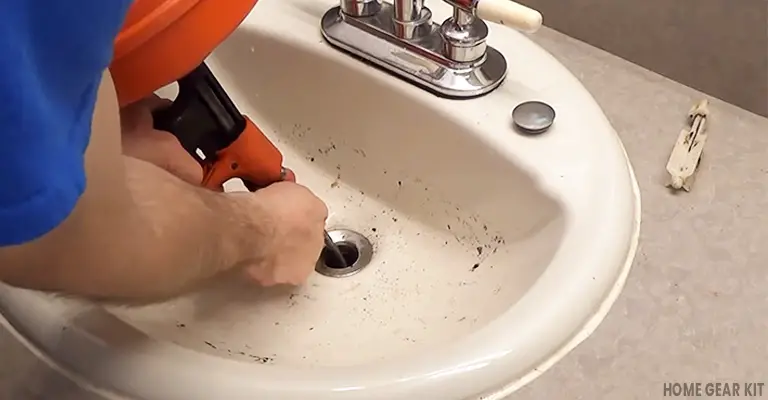




:max_bytes(150000):strip_icc()/freshen-and-unclog-drain-with-baking-soda-1900466-18-1a5b5da01939471ca8f8823865bd1ce8.jpg)







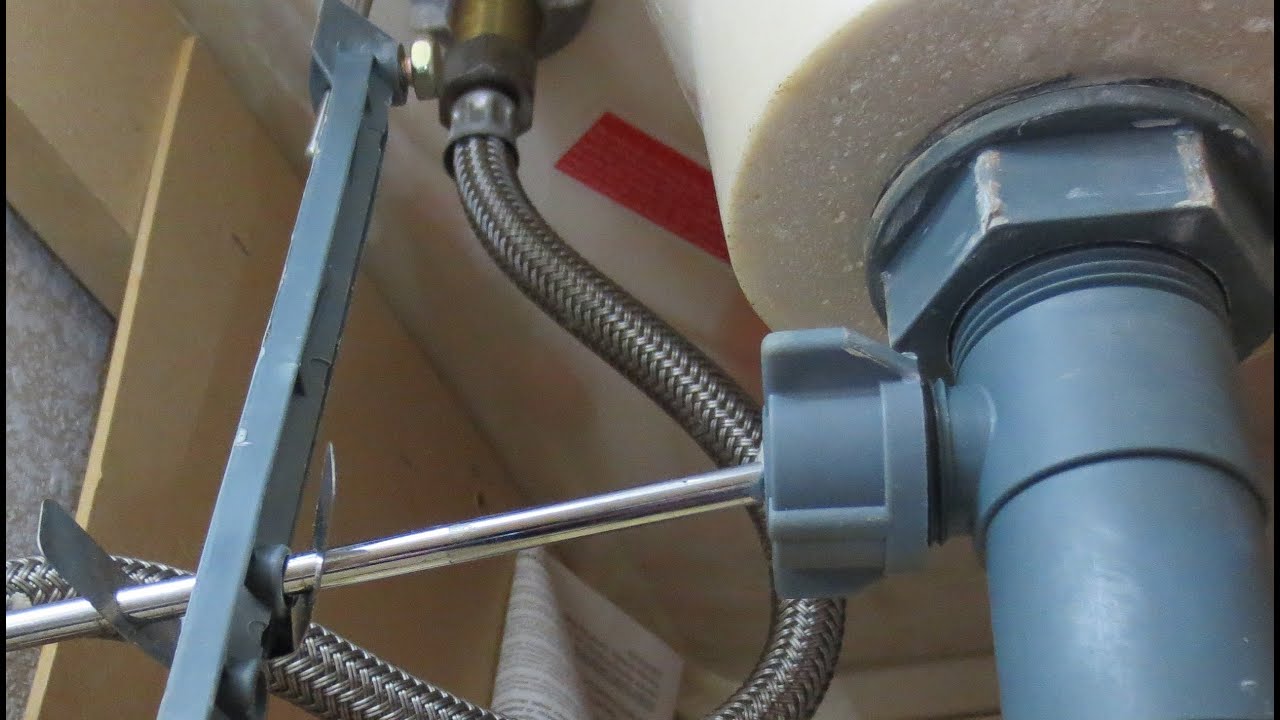







:max_bytes(150000):strip_icc()/freshen-and-unclog-drain-with-baking-soda-1900466-22-bbf940b70afa4d5abef0c54da23b1d3f.jpg)
